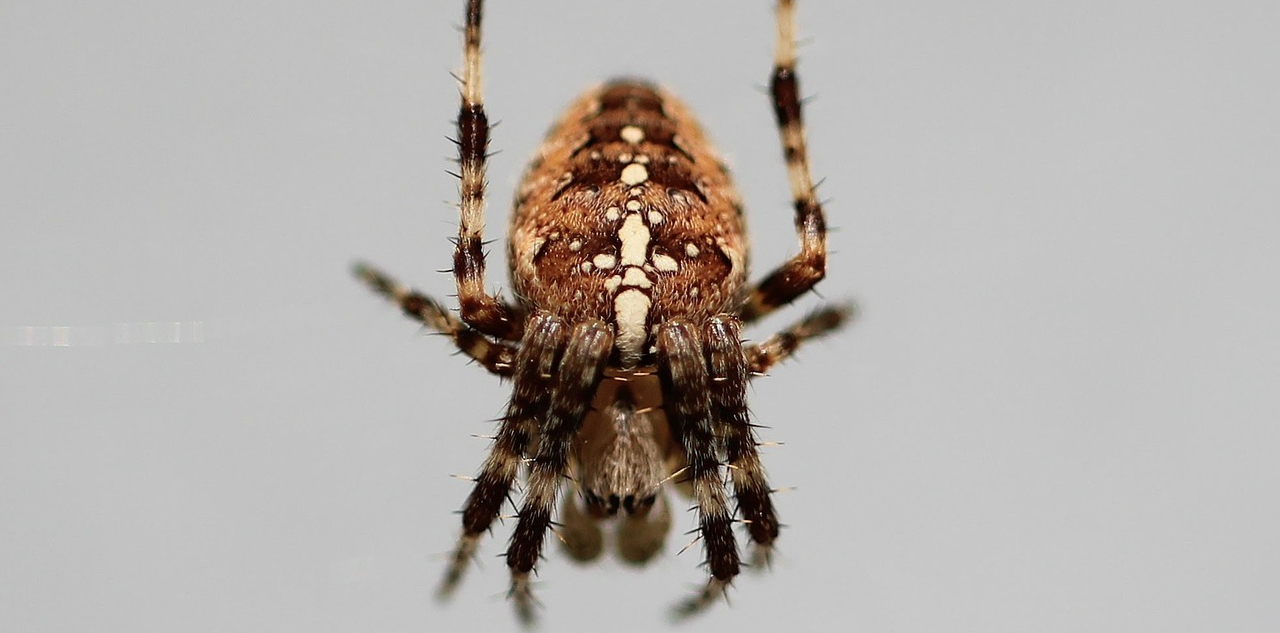Why am I seeing them!

Why am i seeing spiders in my home
Spiders can be found in homes for various reasons. They are predators and may be attracted to your home if there is an ample supply of other insects for them to feed on. Additionally, your home offers numerous hiding spots like corners, cracks, and crevices where spiders can build webs or seek shelter. Spiders may also be drawn indoors to escape extreme weather conditions, such as heat, cold, or rain. During certain times of the year, such as mating season, spiders may become more active and search for new locations. Gaps in doors, windows, or other entry points can also allow spiders to enter your home. To minimize the presence of spiders, you can reduce clutter, seal cracks and gaps, keep your home clean, and ensure that there are no other insects attracting them.
Texas is home to a variety of spiders. Here are some of the most common ones you might encounter:
- Wolf Spiders (Lycosidae): These spiders are found everywhere in Texas and are known for their excellent eyesight and hunting skills. They don't make webs to catch prey but instead chase down their victims.
- Brown Recluse Spider (Loxosceles reclusa): This venomous spider is identifiable by its brown color and the violin-shaped marking on its back. They are usually found in undisturbed areas like closets and attics.
- Cellar Spider (Pholcidae): Often found in dark, damp places like basements, these spiders have long, thin legs and a small, peanut-shaped body.
- Yellow Garden Spider (Argiope aurantia): Recognizable by their black and yellow coloring, these spiders build large, circular webs often seen in gardens and fields.
- Bold Jumping Spider (Phidippus audax): These small, agile spiders are known for their ability to jump several times their body length and are usually harmless to humans.
- Crab Spider (Thomisidae): These spiders are often found near flowers and come in various colors like pink, yellow, white, green, or brown.